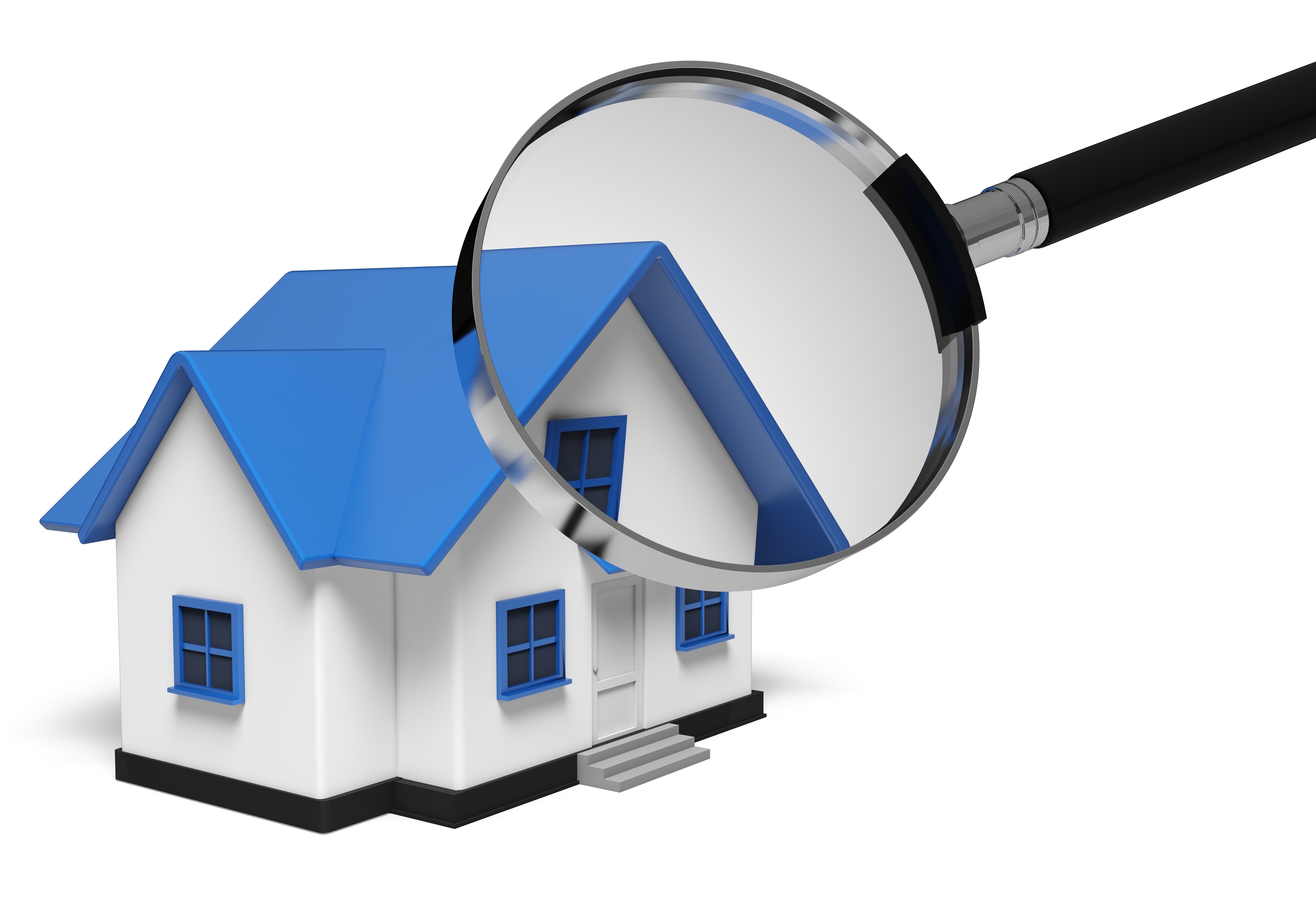
Making Sense of the Appraisal ProcessBuying real estate is the most important investment some people may ever encounter. It doesn't matter if a main residence, a seasonal vacation home or an investment, the purchase of real property is a detailed transaction that requires multiple people working in concert to make it all happen. Most people are familiar with the parties taking part in the transaction. The most known entity in the transaction is the real estate agent. Next, the bank provides the money needed to bankroll the transaction. And the title company makes sure that all requirements of the transaction are completed and that the title is clear to pass to the buyer from the seller. So, who makes sure the value of the property is consistent with the amount being paid? This is where you meet the appraiser. We provide an unbiased estimate of what a buyer could expect to pay — or a seller receive — for a property, where both buyer and seller are informed parties. A licensed, certified, professional appraiser from Top Tier Appraisals will ensure, you as an interested party, are informed. Appraisals start with the home inspectionOur first task at Top Tier Appraisals is to inspect the property to determine its true status. We must actually see features, such as the number of bedrooms and bathrooms, the location, living areas, etc, to ensure they really exist and are in the shape a typical buyer would expect them to be. To make sure the stated size of the property is accurate and illustrate the layout of the home, the inspection often requires creating a sketch of the floorplan. Most importantly, the appraiser looks for any obvious amenities - or defects - that would have an impact on the value of the house. Following the inspection, we use two or three approaches to determining the value of the property: sales comparison and, in the case of a rental property, an income approach. 
Replacement CostThis is where we analyze information on local construction costs, labor rates and other elements to derive how much it would cost to build a property comparable to the one being appraised. This figure often sets the upper limit on what a property would sell for. The cost approach is also the least used predictor of value. 
Paired Sales AnalysisAppraisers can tell you a lot about the subdivisions in which they work. They innately understand the value of particular features to the homeowners of that area. Then, the appraiser researches recent sales in the vicinity and finds properties which are 'comparable' to the real estate at hand. By assigning a dollar value to certain items such as upgraded appliances, additional bathrooms, additional living area, quality of construction, lot size, we adjust the comparable properties so that they are more accurately in line with the features of subject property.
Once all necessary adjustments have been made, the appraiser reconciles the adjusted sales prices of all the comps and then derives an opinion of what the subject could sell for. At Top Tier Appraisals, we are an authority in knowing the value of real estate features in Grand Ledge and Clinton County neighborhoods. This approach to value is typically given the most consideration when an appraisal is for a home exchange. Valuation Using the Income ApproachIn the case of income producing properties - rental houses for example - the appraiser may use an additional way of valuing a property. In this case, the amount of revenue the property yields is taken into consideration along with other rents in the area for comparable properties to derive the current value. Coming Up With The Final ValueCombining information from all applicable approaches, the appraiser is then ready to state an estimated market value for the property in question. The estimate of value at the bottom of the appraisal report is not necessarily what's being paid for the property even though it is likely the best indication of a property's valuePrices can always be driven up or down by extenuating circumstances like the motivation or urgency of a seller or 'bidding wars'. Regardless, the appraised value is typically used as a guideline for lenders who don't want to loan a buyer more money than the property is actually worth. The bottom line is, an appraiser from Top Tier Appraisals will guarantee you discover the most fair and balanced property value, so you can make wise real estate decisions. |